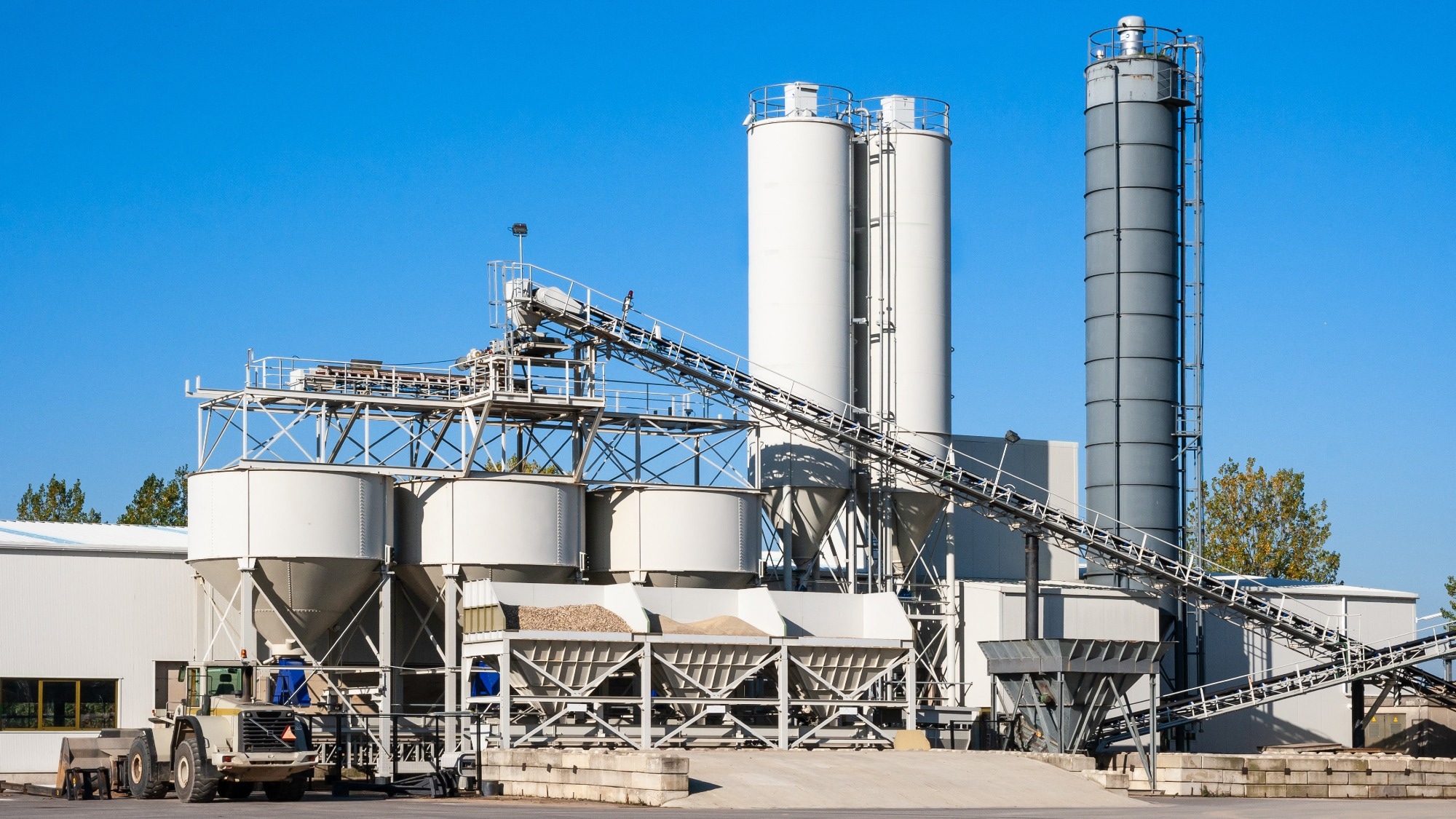Cement plants could miss out on carbon credit revenue due to inaccurate biogenic CO₂ data. ENVEA’s AMESA-B safeguards data integrity through leak detection and saturation control, and helps meet regulations.
 Future proof your cement plant’s Biogenic CO₂ reporting with smart sampling technology. Image Credit: ENVEA
Future proof your cement plant’s Biogenic CO₂ reporting with smart sampling technology. Image Credit: ENVEA
With tightened regulations across the UK and Europe, having accurate data is critical. However older systems put this at risk due to system leaks and adsorber saturation.
Leaks cause problems as they allow ambient air to mix with stack gas during sampling. This can dilute the sample and lead to an artificially high biogenic CO₂ fraction, since ambient air contains negligible fossil-derived CO₂. Similarly, condensations in heated lines can cause CO₂ washout, effectively skewing the sample toward ambient composition. In both cases, these effects can distort the measurement potentially leading to inaccurate reporting, compliance risks or incorrect carbon credit allocations.
Oversaturation poses a different threat as when a cartridge reaches capacity, it can no longer absorb CO₂. This leads to underreported CO₂ levels and may trigger the need for re-sampling or invalidate previous reports.
Inaccurate reporting in either direction could cause regulatory issues or reduce potential earnings from carbon credit schemes.
ENVEA’s AMESA-B smart sampler overcomes these problems. It includes built-in leak detection features that verify system integrity before and after sampling. These checks use pressure decay tests that automatically run without operator input. This ensures that leaks are caught early and sample contamination is prevented.
These leak detection protocols align with EN ISO 13833, which requires leak rates to remain under 5.0 percent of the sampling flow rate. The standard is used globally as a benchmark for quality in long-term sampling of greenhouse gases.
Jürgen Reinmann, Regulatory Director at ENVEA said: “Outdated monitoring systems are vulnerable to issues like undetected leaks and oversaturated cartridges. While often considered small issues, they often result in skewed emissions reporting, failed audits and missed opportunities in carbon trading schemes for cement plants.
“This is where the AMESA-B comes in – it’s not just a monitoring tool but a compliance and revenue assurance solution developed in direct alignment with the evolving requirements of the UK Environment, the EU Emissions Trading Scheme (EU ETS), and upcoming Monitoring, Reporting and Verification (MRV) standards.”
ENVEA has the solution and expertise to help cement plant operators reduce risk and maximize carbon credits. For a more detailed technical breakdown of the sampling process, legal requirements, and safeguard logic, download the Biogenic CO₂ Whitepaper.
For more information about the AMESA-B smart sampler visit ENVEA.